It’s the year 2050. Somewhere in the UK, an average British family sits down for dinner. Is meat on the menu? If yes, what type of meat is it, was it produced in the UK and how much did it cost?
Crystal-ball gazing is a notoriously risky sport, and past predictions regarding the future of food - and especially meat - suggest most forecasts turn out to be entertaining rather than visionary. The fields full of ‘meat beets’ and ‘fat plants’ envisaged by illustrator Arthur Radebaugh in the 1950s and the chicken breeding automata predicted by Jean-Marc Côté in the 1890s are glorious cases in point.
At the same time, horizon-scanning and scenario-mapping are vital to prepare for future challenges - and the stark reality is that for the meat sector, those challenges are immense.
Read this: 10 expert predictions on the future of meat
There are few industries where so many ‘hot’ global issues intersect, from climate change, pollution, water and land use to feed availability and GM technology, diet and obesity - and, perhaps most importantly, a global population boom that’s set to result in nine billion people inhabiting this planet by 2050.
A growing percentage of these will be eating animal proteins. As incomes rise in the developing world - where meat consumption is currently much lower than in the developed world - meat and poultry are among the first items people add to their diets, putting huge additional pressure on resources and supply chains.
So the global challenges are clear - but what do they mean for meat production and consumption in the UK? How will they change what will be on British plates in 2050?
First, a spoiler: those looking for four-legged mega chickens, robo-cows or even widespread adoptions of insect protein and lab-grown meats will be disappointed. The meat products available to our British family in 2050, as envisaged by most experts, don’t look all that different to those on sale today.
“People’s meal habits change very slowly,” says Andy Weston-Webb, MD of Birds Eye UK. “Over the past 30 years, we’ve seen Italian, Chinese and Indian cuisines become mainstream in the UK, but we’ve not actually fundamentally changed the types of proteins we eat.”
Crucially, although GM technology is set to play an increasingly important part in the animal feed sector (where it is already widely used today), genetically modified animals are unlikely to pop up on British menus any time soon. Instead, efficiency gains are more likely to be made through genomics and targeted natural selection.
“Consumers here don’t want GM animals,” says Andrew Thompson, European regional director at animal genetics company Genus. “Attitudes are fairly conservative, and natural selection is preferred. We will need to embrace technology in acceptable ways because the consumer is ultimately right.”
Higher prices
But even without insect burgers or souped-up GM animals, UK consumers and producers can expect major changes over the coming decades. Chief among these will be higher prices. Increased global demand coupled with finite resources means meat will be more expensive than it is today, experts predict. “I can’t see how food prices will not rise in the long term,” says Chris Thomas, UK CEO of pork giant Tulip.
Some proteins will be hit harder than others. Albert Vernooij, a protein analyst at Rabobank, says beef is likely to become especially expensive, while pork and particularly poultry will stay relatively affordable. “With beef, there is so much competition for land and beef production is very capital-intensive. That puts it at a disadvantage against poultry and pork.”
Beef is already sold at a premium to pork and poultry in the UK today, but as the price differential grows, red meat consumption is likely to come under increasing pressure. Total meat consumption in the UK and many EU countries has already stagnated or decreased slightly in recent decades, and consumers have switched away from red meat towards more poultry as well as processed and convenience meat products, many of which are pork or poultry-based.
These trends are set to continue. Come 2050, British consumers will probably eat beef only on “real special occasions”, with poultry and pork the main everyday meats, Vernooij predicts. This would mirror global consumption trends, with poultry emerging as the protein of choice in many parts of the world, followed by pork.
“Demand for poultry will grow especially strongly, not least because there are fewer religious and cultural impediments to poultry consumption,” says Jimmy Smith, director general of the International Livestock Research Institute, based in Nairobi. “It’s more universally acceptable and it’s cheaper, and the feed-to-food conversion ratio is very favourable.”
While Vernooij and Smith predict price pressures will drive consumers towards cheaper meats such as poultry, others hope higher prices will prompt a more fundamental reassessment of consumption patterns.
Less but better?
Kevin Brennan, CEO of Quorn Foods, believes high meat prices will drive more and more Brits to buy into meat alternatives, while Rob Percival, policy officer at the Soil Association, says consumers will be eating “less but better” meat. “Our diet will be predominantly plant-based, but there will also be a role for a variety of high-quality proteins,” he says.
Even if such fundamental changes are not on the cards, the world’s growing love affair with poultry means other proteins will need to work harder to secure their place on dinner plates. For the beef sector, affordability will be a key challenge. It is already developing new steak cuts from the forequarter as an alternative to the traditional hindquarter to maximise carcase utilisation and offer consumers a wider range of affordable cuts.
The pork industry, meanwhile, needs to ramp up efforts to persuade shoppers that pork can be as versatile as poultry, says Thomas at Tulip. “Chicken is very well presented in terms of convenience - we have a similar job to do as an industry in pork.”
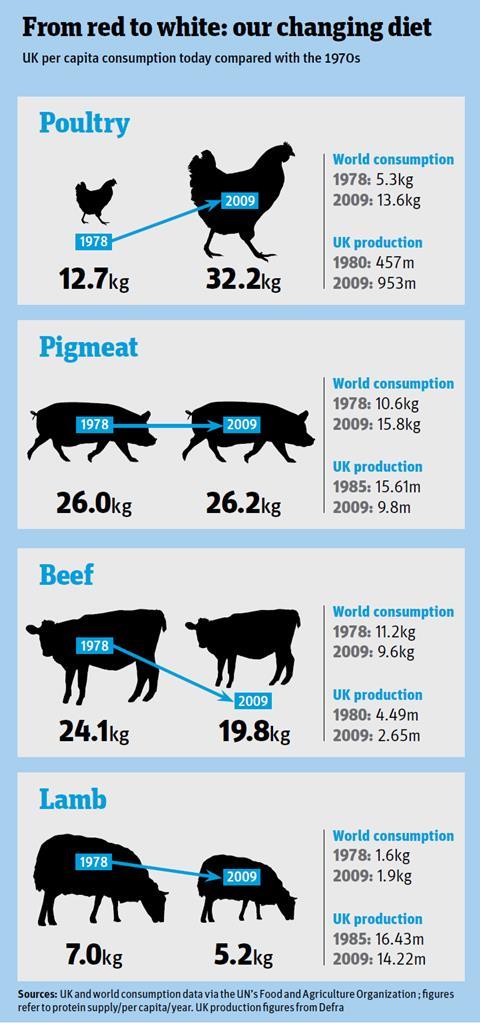
Indeed, convenience will be a watchword for all protein sectors. Over the past 50 years, UK consumers have progressively moved away from traditional roasts and offal towards quicker and easier-to-prepare formats such as mince, and suppliers expect the trend to continue. “Consumers will be looking for more and more convenient meals,” says Thomas. “Fewer people will have time to cook from scratch, and we are likely to remain a time-pressured society in the future.”
Despite the cult of the celebrity chef, the popularity of cookery shows and the current push for better home economics classes in schools, few expect Brits’ cooking skills to get better - far from it. “We are already seeing a lack of preparation skills today, and that is unlikely to get better,” says Weston-Webb at Birds Eye.
Vernooij is similarly pessimistic. By 2050, beef will not only be very expensive but “not that many people will know how to cook it properly,” he believes.
A growing desire for convenience coupled with the need to reduce food waste and keep prices affordable could also means Brits are likely to consume less fresh and more frozen meat in the future. Unsurprisingly perhaps, Weston-Webb sees a bright future for frozen, but Vernooij also supports the idea. “Consumers will eat less fresh meat and more processed and convenience meat products from pork and poultry,” he says.
Such a shift could have far-reaching consequences for meat supply chains and the provenance of meat sold in the UK. “In terms of sourcing, we’re likely to see a two-tier market by 2050: fresh meat will be produced locally in the UK and command a significant premium, and processed and frozen meat will come through far more globalised supply chains,” predicts Vernooij. “Poultry is already coming from Thailand and Brazil, and I think we will see more pork coming in from other regions, including from South America and Eastern Europe.”
Others, however, believe the majority of meat sold in this country will continue to come either from the UK or Europe, even though there will be a general increase in global trade. “The majority of pigmeat in the UK comes from the UK or the EU at the moment,” says Thomas. “That will probably continue to be the case - the balance of where meat comes from is unlikely to change.”
The UK poultry industry is also confident it can remain a major producer and play a key part in meeting the world’s growing demand for poultry - provided the regulatory environment is right. “We believe that the UK will be a major source of meat production in the future, but only if the UK government continues to support food security and trade,” says Andrew Large, CEO of the British Poultry Council.
Meanwhile, the red meat sector stresses the UK is better placed to produce beef and lamb than many other parts of the world - it has access to plenty of grassland and therefore has to rely less on costly imported feed, for starters. “If demand continues to rise in countries that cannot meet their own demand for beef and sheepmeat, I can’t see any reason why our own industry here in the UK wouldn’t become bigger, even if UK consumption comes under pressure,” says Peter Hardwick, head of trade development at Eblex.
Provenance
While most believe the UK will continue to be a significant meat producer, British provenance is expected to become less important to consumers. “Many will simply want high-quality food that’s been produced with an acceptable impact in terms of sustainability and welfare,” says Weston-Webb. “That will matter more than origin.”
Vernooij also picks welfare standards ahead of provenance - and suggests this could offer an opportunity for British producers. “We will see animal welfare continue to be important, with the UK leading Europe and the rest of the world,” he says.
“We will have to constantly make the case that we are making the best use of the land and resources available”
Strong welfare standards do not, however, necessarily mean a greater move towards outdoor production. “We foresee that indoor-reared poultry will continue to be the large majority of all poultry sales,” says Large at the BPC. “How the free-range or organic markets grow will depend on the consumer’s willingness to pay for those products.”
More generally at supply chain level, the key focus over the coming decades will be on driving efficiency at every level. This will include selecting the most efficient breeds and animals for meat production. “Some animals convert feed much more efficiently than others, and with feed availability coming under pressure there will be huge benefits from selecting the most efficient converters,” says Thomson at Genus.
Do ‘half and half’ products offer a solution to soaring meat prices?

The meat alternatives market has traditionally been driven by vegetarians and latterly those looking to reduce or avoid meat for health or environmental reasons. But with meat prices set to rise over the coming decades, it will increasingly attract those who need to cut back on meat for financial reasons, experts predict.
“Growing demand in the developing world will put huge pressure on meat production and prices, and the economics alone will push more people towards meat alternatives,” says Quorn Foods CEO Kevin Brennan.
In the Netherlands - one of Europe’s most advanced meat alternatives markets - ‘half and half’ products with 50% meat and 50% non-animal protein, are increasingly popular.
“I imagine they will start growing in the UK too,” says Albert Vernooij, protein analyst at Rabobank.
Quorn has looked at launching its own ‘half and half’ product in the UK, taking inspiration from how well such products have done in bread, says Brennan.
“You can certainly create a better taste and still have a healthier product, especially for categories like burgers and sausages.”
But with the investment required to handle meat and meat alternatives at the same time, the numbers don’t currently stack up, he says. “The challenge is the economics of combining two ingredients and still creating a product that’s economically viable.”
So Quorn doesn’t plan a move into ‘half and half’ in the immediate future.
But that is based on today’s meat prices. As those continue to rise, Brennan predicts there will come a tipping point when ‘half and half’ will make compelling economic sense - for consumers and suppliers.
Tulip’s Thomas adds that he expects meat producers to have to work a lot harder to prove they really are making the most of scarce resources. “Meat and pork are very efficient, but we will have to constantly make the case that we are making the best use of the land and the resources available,” he says.
Climate change is also set to create new challenges. Global average temperatures are expected to increase by between two and four degrees between now and 2050. “If there is no slowing down in greenhouse gas emissions and we’re going to be closer to a four-degree increase, we are likely to see enormous political and policy pressure on the livestock sector to make production systems more environmentally friendly,” warns Smith at the ILRI. “Under those circumstances, a carbon tax for livestock could become a real prospect and would make a big difference to meat prices.”
Tied in with climate change is an increased risk of livestock disease. “Whereas in the past, you didn’t have to worry about diseases coming from the tropics, changes in weather patterns mean tropical diseases can now take hold in temperate climates,” notes Smith.
Suppliers in the develped world will need to prioritise engaging with developing countries and sharing knowledge and best practice, he adds. “Engagement on disease risk tends to be very much on a case-by-case basis at the moment - there is huge interest whenever there’s a specific risk, but then the interest goes away again. This will need to be much more sustained in the future.”
This and myriad other issues relating to how we feed ourselves and the animals that produce our meat need to be thrashed out. “It will be a constant battle,” predicts Thomas. “Over the next 10 to 20 years, these debates will become more and more common.”
As for whether we’ll one day only be eating beef at Christmas, opting for pork over chicken nuggets or eschewing meat altogether for insects and plant-based alternatives, only time will tell..
Forget meat… could we soon be chowing down on insect sarnies?
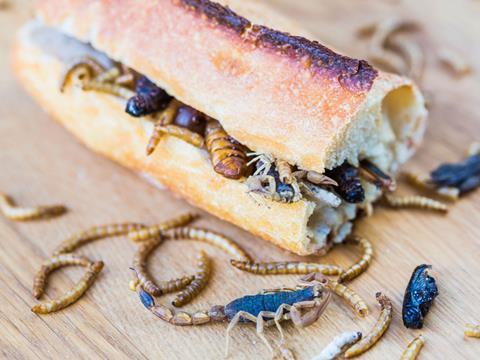
Insects are moving up the culinary agenda. Foodie institutions such as Copenhagen’s Nordic Food Lab are developing fermented grasshopper sauces and bee larvae granola, and the UNFAO last year predicted “the opportunity for insects to help meet rising demand for meat products and replace fishmeal and fish oil is enormous”.
Eating insects will seem outlandish to most Brits, but from an efficiency point of view, the critters have a lot going for them. The FAO says just 1.7kg of feed is required to produce 1kg of live crickets, compared with 2.5kg of feed to produce 1kg of chicken, 5kg for pork and 10kg for beef. Furthermore, an estimated 80% of a cricket is edible and digestible compared with just 55% of a chicken or pig and 40% of a cow.
“This means crickets are twice as efficient in converting feed to meat as chicken, at least four times more efficient than pigs, and 12 times more efficient than cattle,” the FAO says.
Despite such statistics, many in the meat and livestock sectors are sceptical.
“These markets will grow, but they won’t play a significant part in ensuring food security,” believes Jimmy Smith, director-general of the International Livestock Research Institute. “It’s a good academic discussion, although I don’t really see anyone discussing this in the developing world - they are too focused on closing the huge gap in traditional proteins.”
Greater potential could lie in the use of insect protein for animal feed. Current EU laws mean insect protein can only be used for fish feed at the moment, but efforts are under way to change this: the EU last year awarded €3m to the PROteINSECT research project, which will look into the use of insect protein in pig and poultry feed.







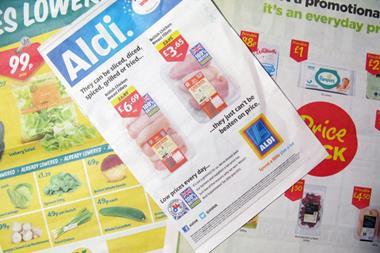
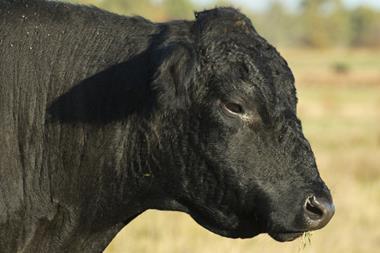
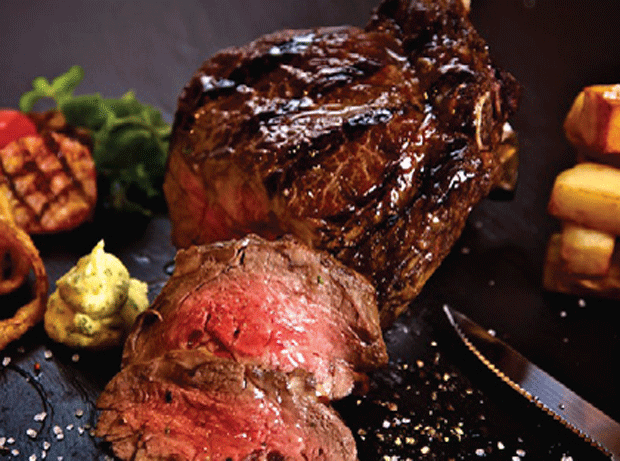
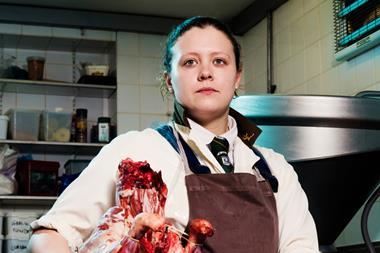
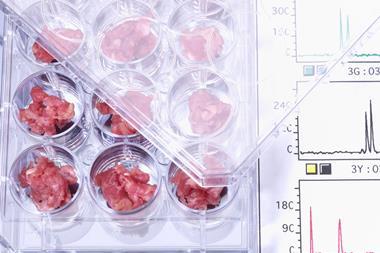







No comments yet